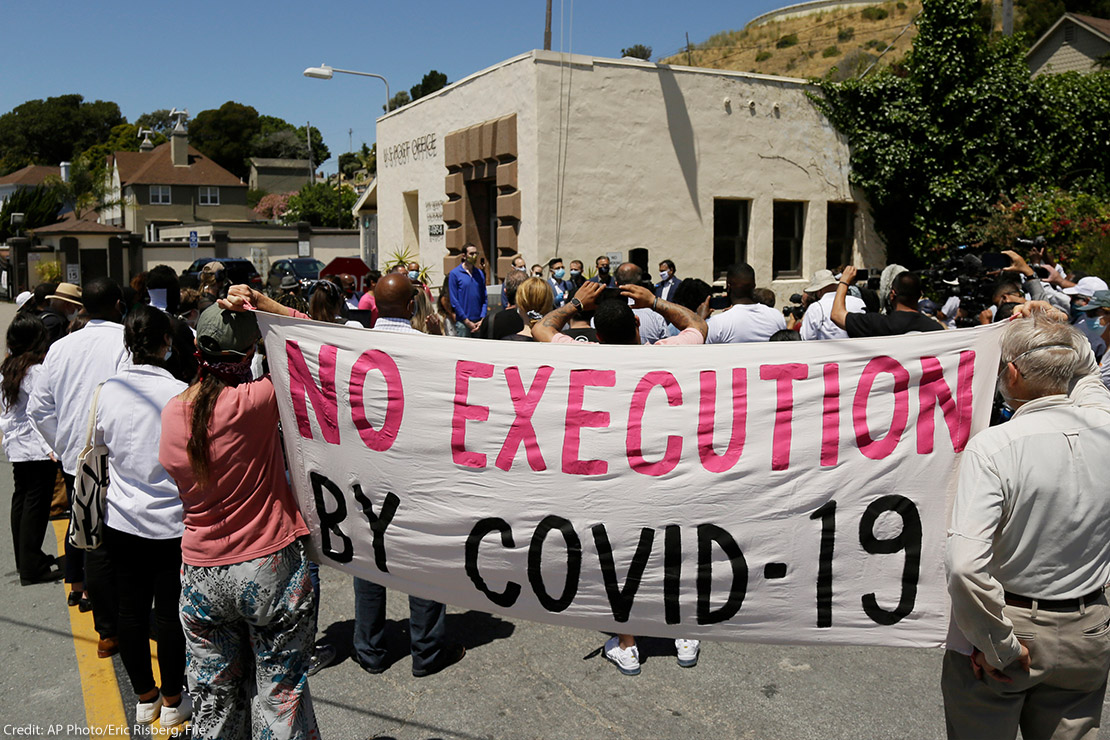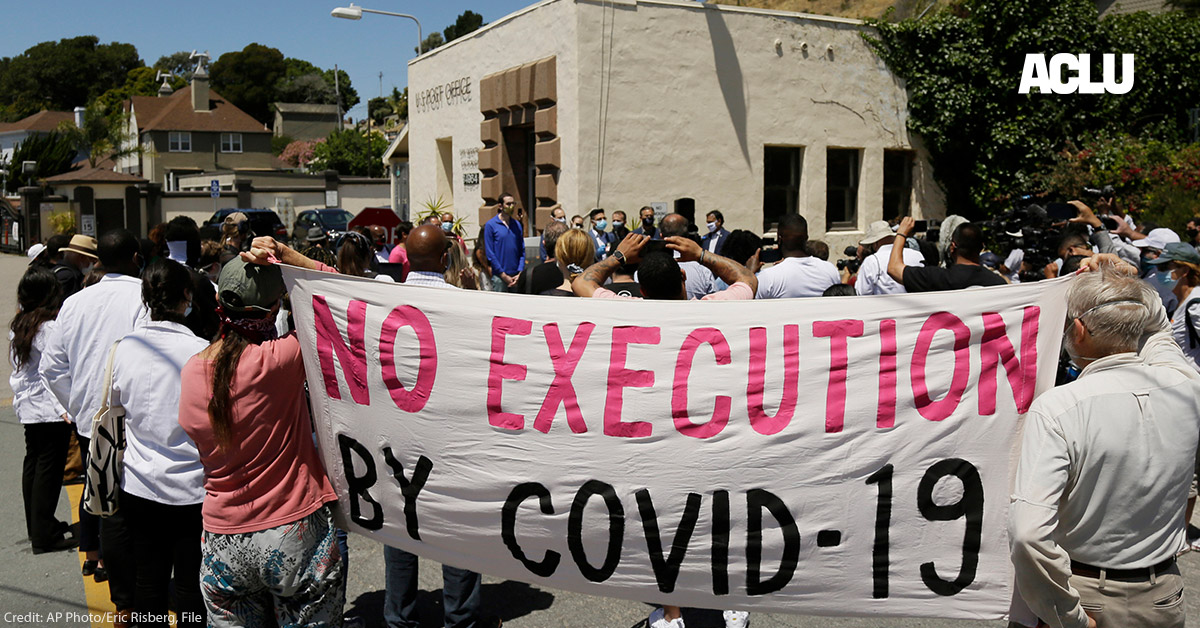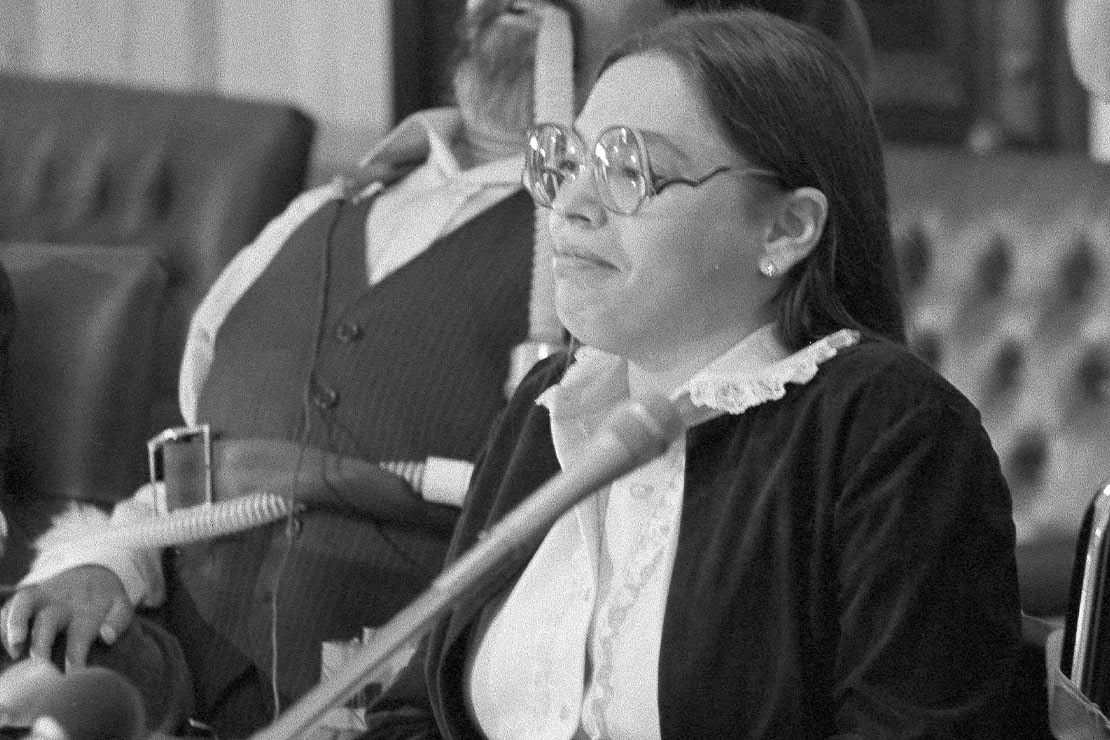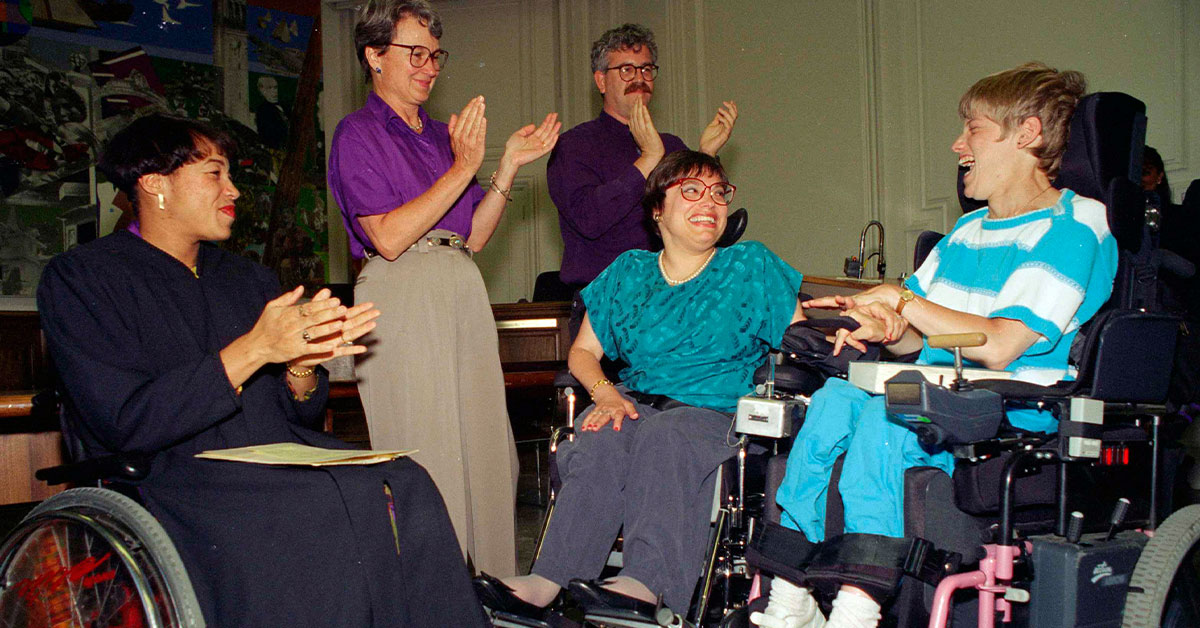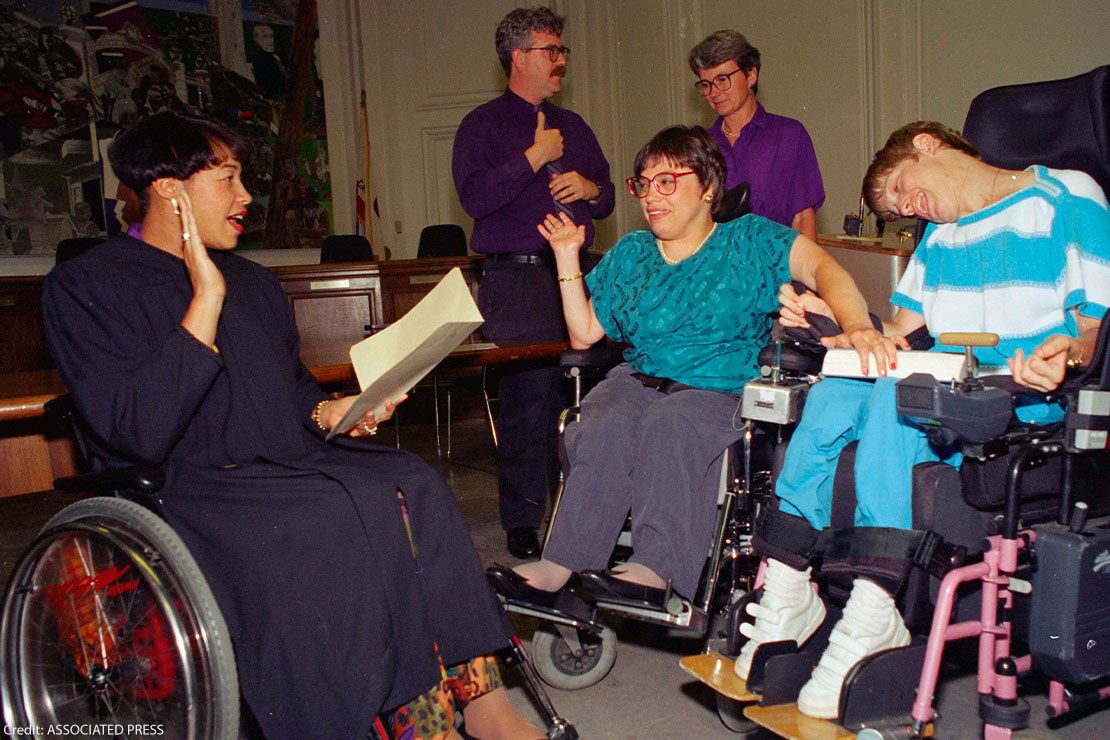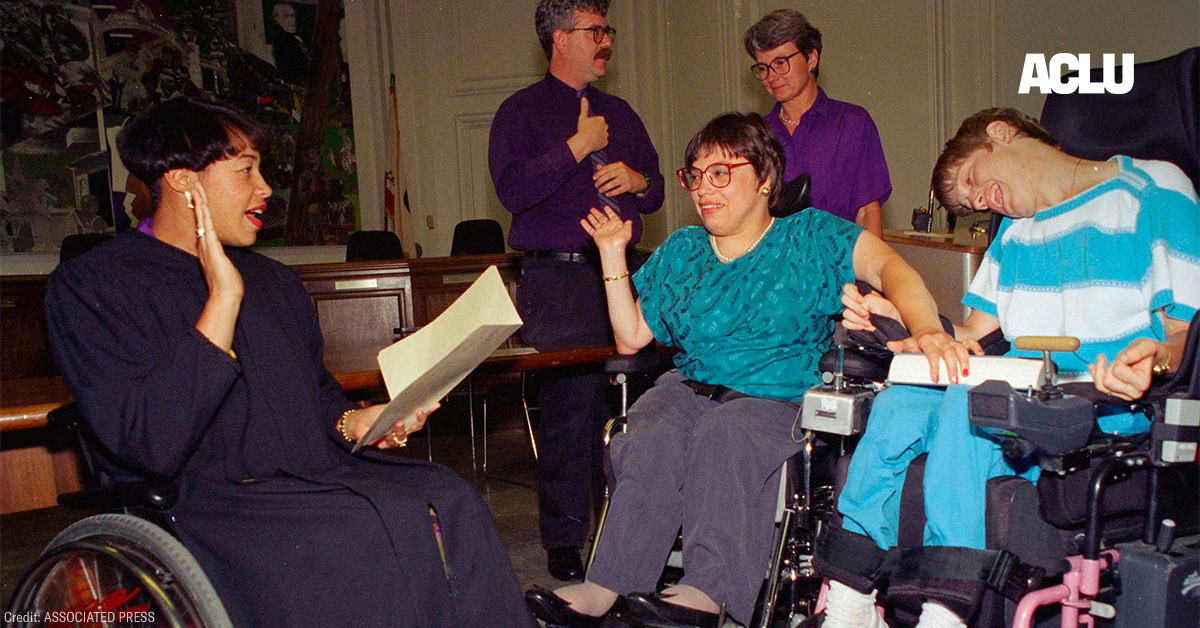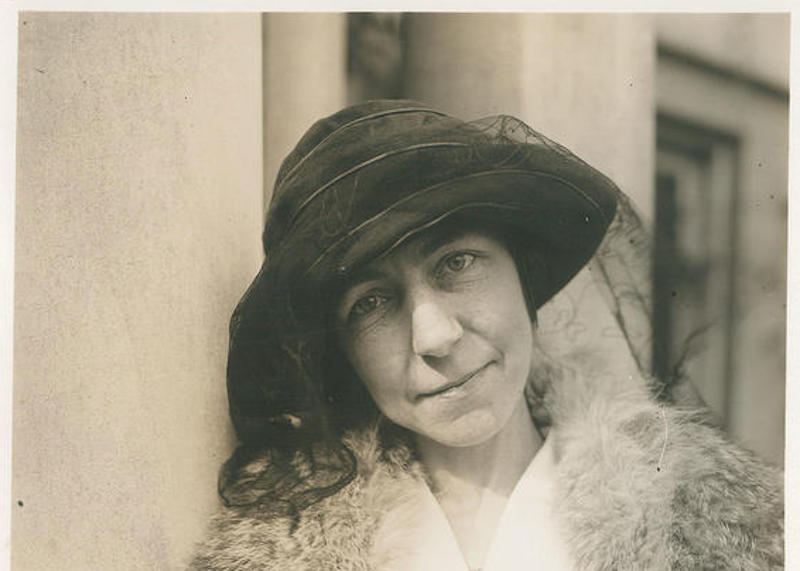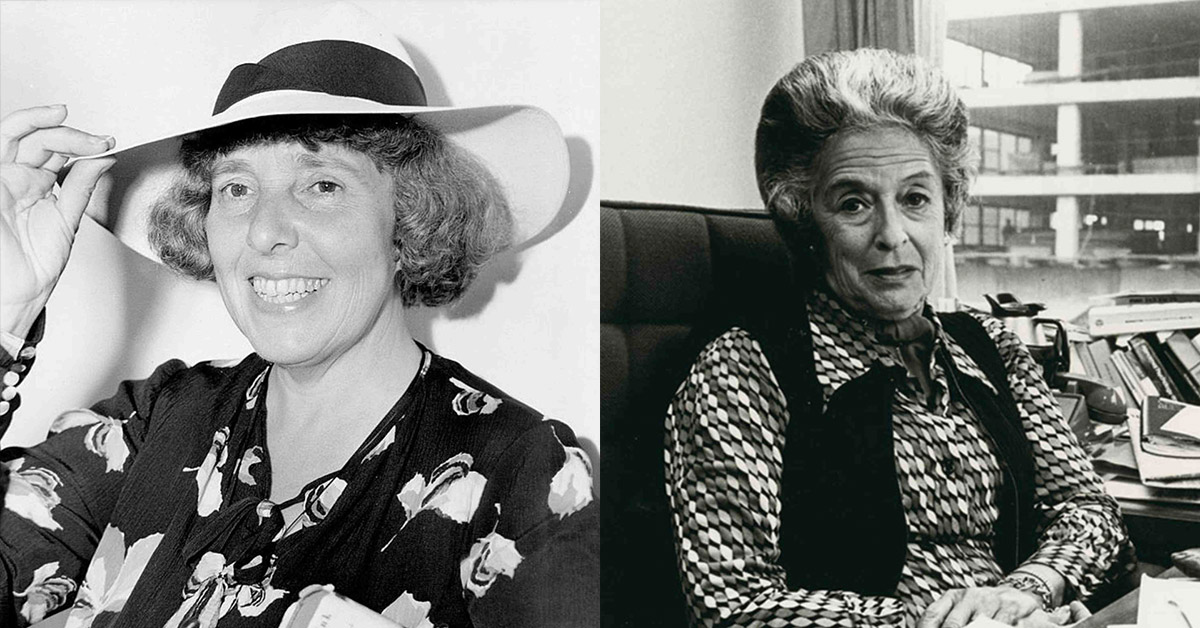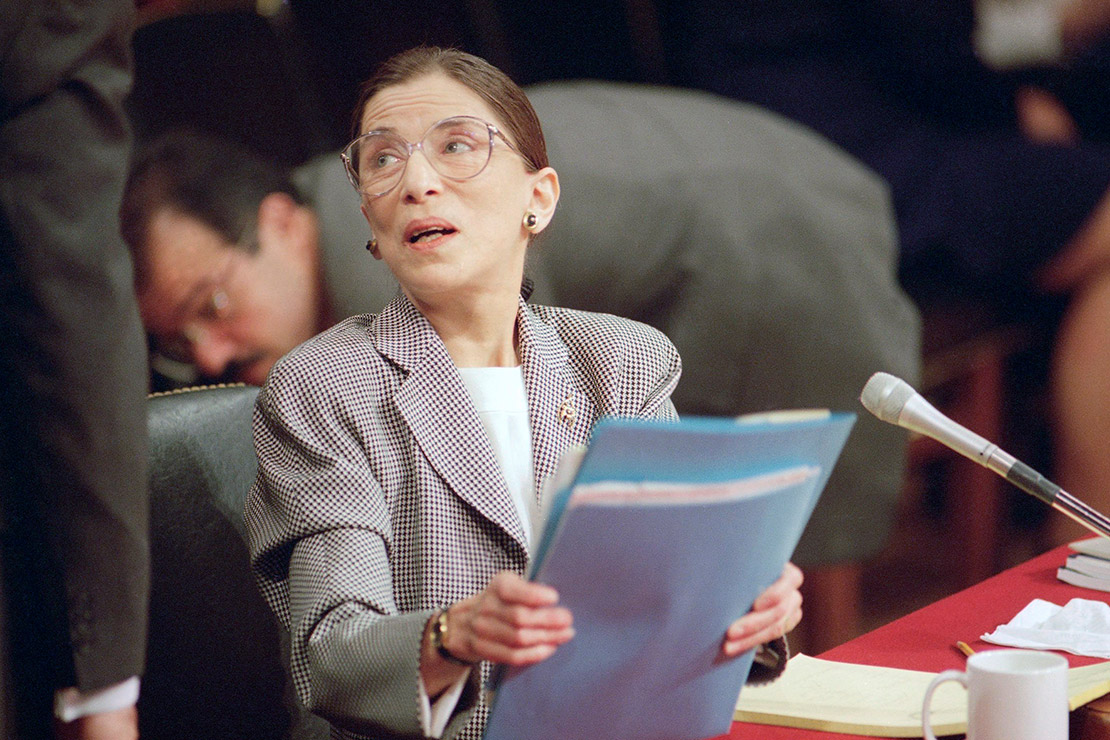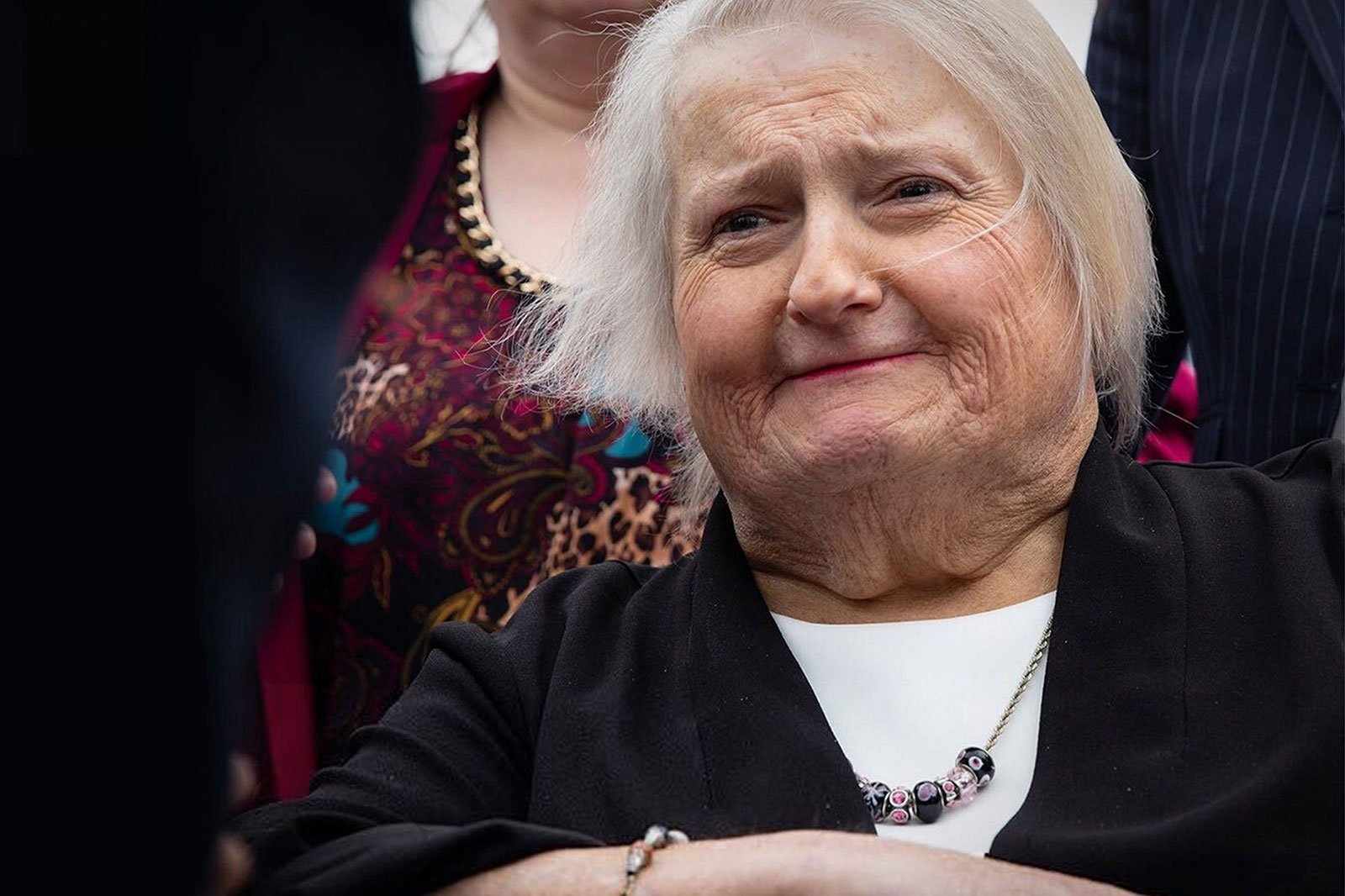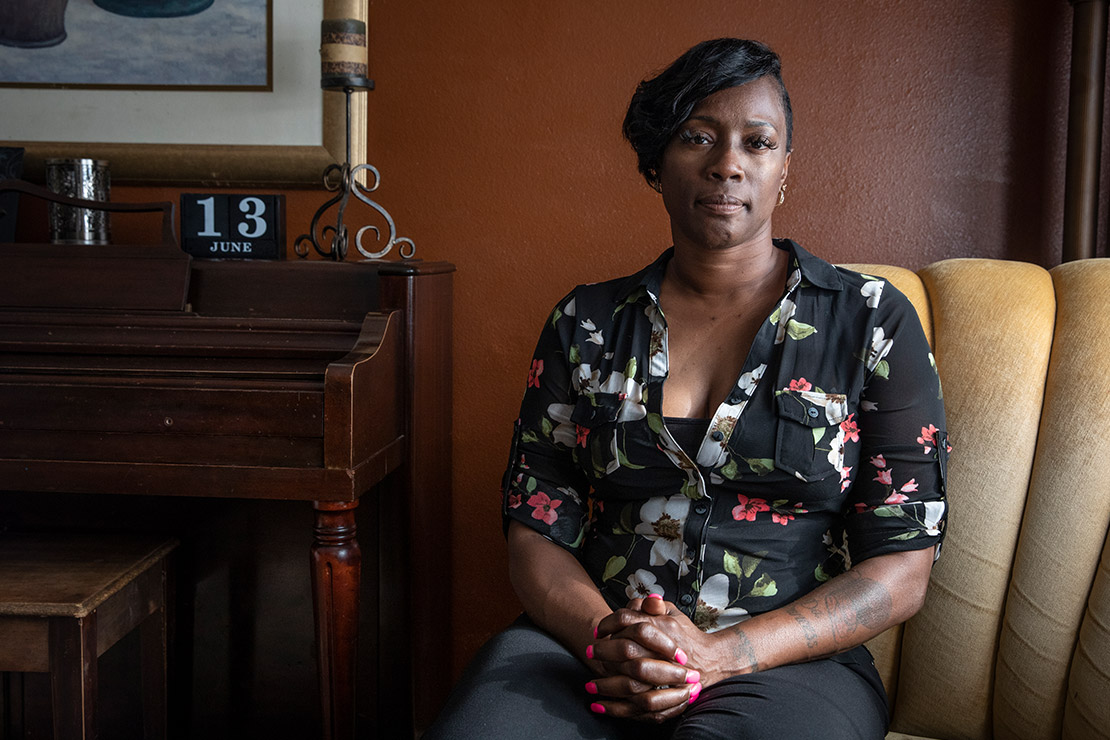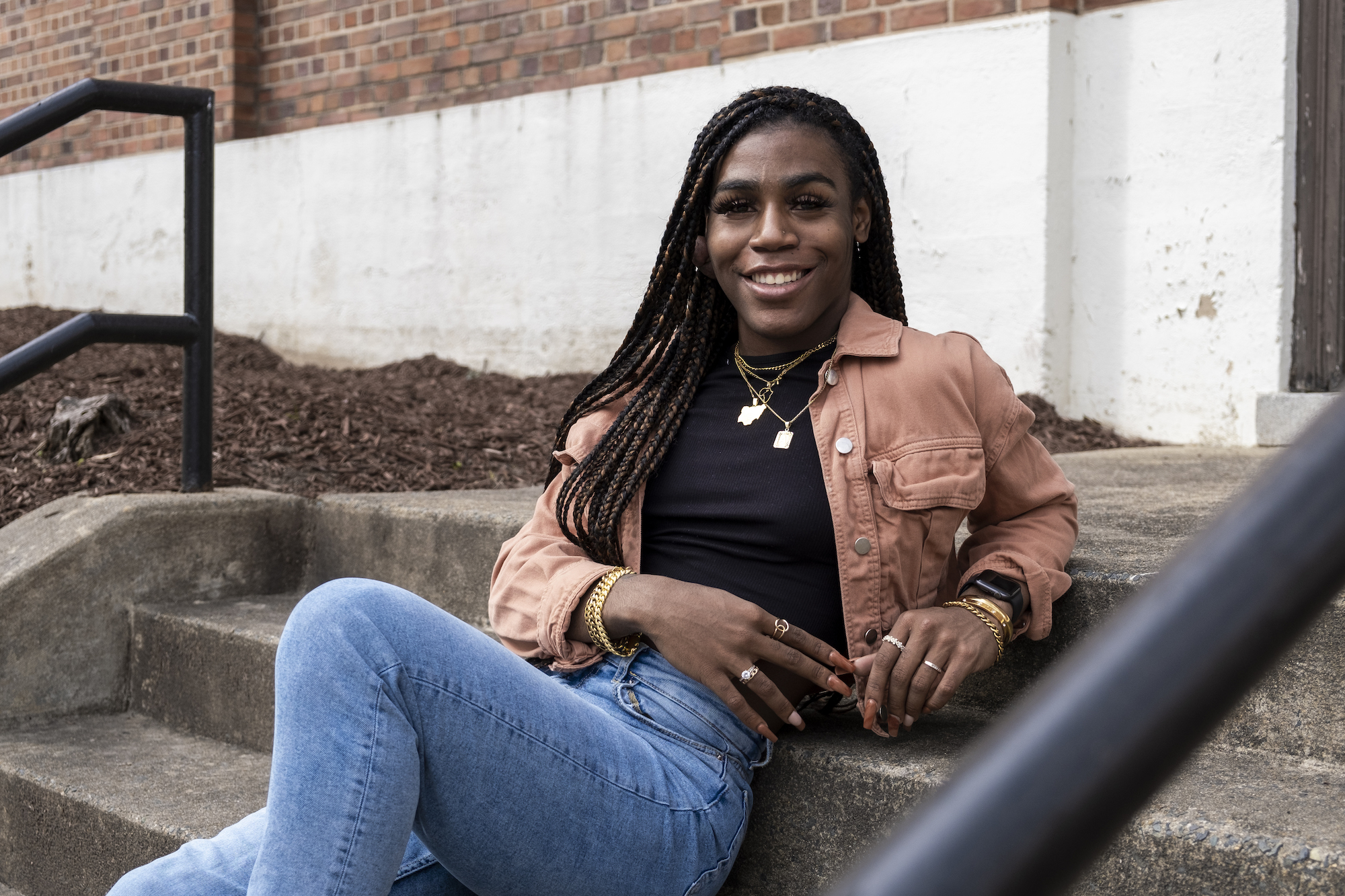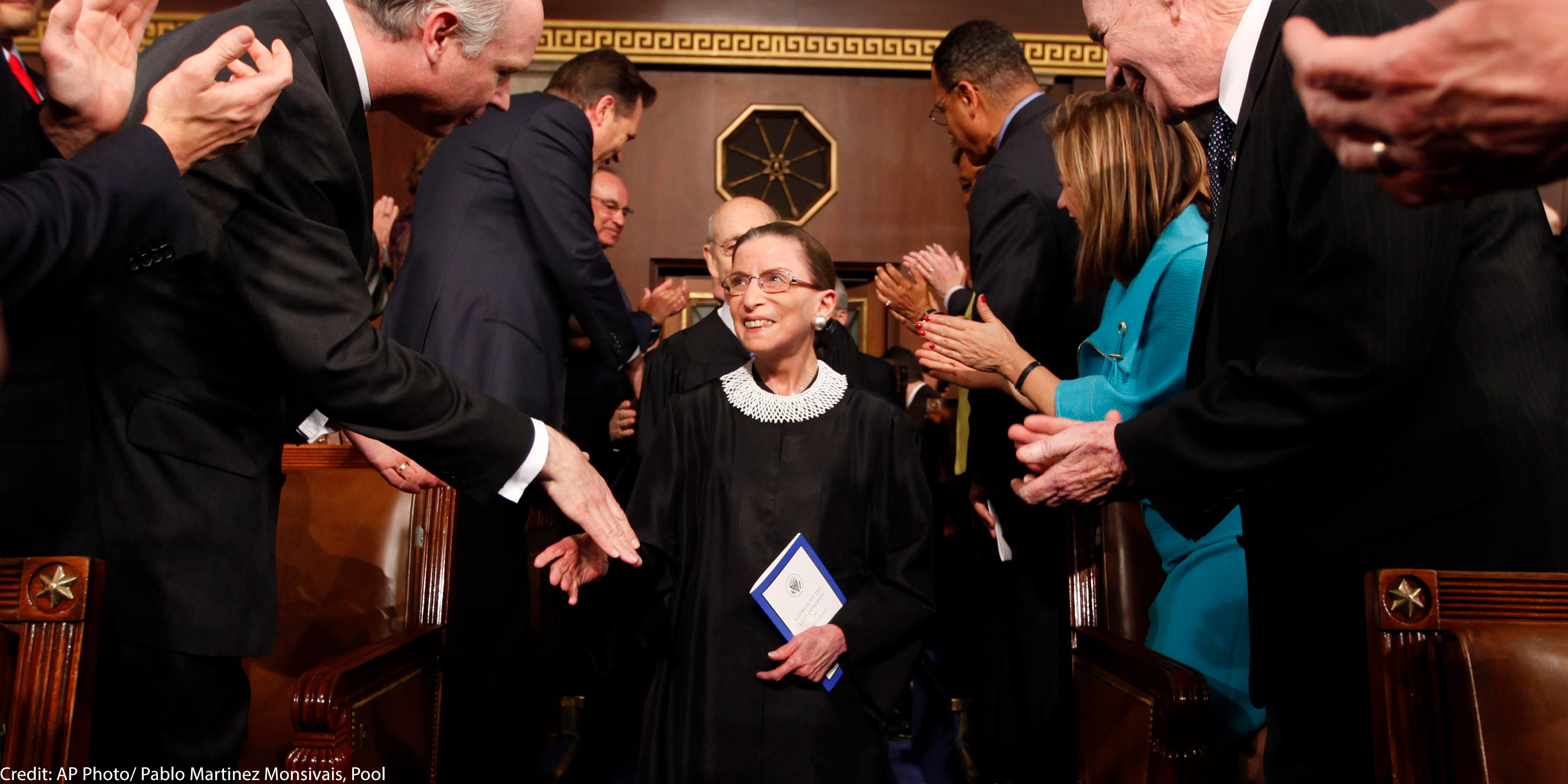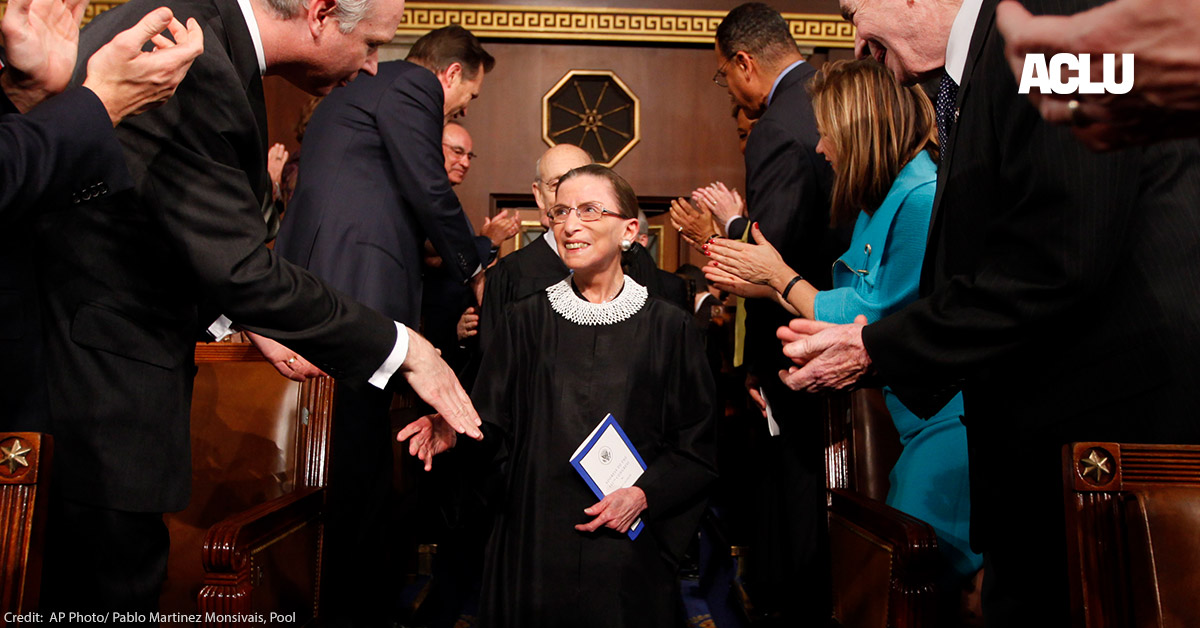The COVID-19 pandemic is not over, especially not for people who are incarcerated. The ACLU, our clients, and our allies predicted early on that serious illness and death would strike people in jails, prisons and immigration detention facilities disproportionately if government agencies did not take effective precautions, including by reducing the number of people in jails, prisons, and ICE detention.
Three years into the global and local devastation of COVID-19, those predictions have, tragically, proved to be true. And as with all aspects of the U.S. system of mass incarceration, people of color have disproportionately suffered the effects of COVID-19.
We Predicted the Fallout if Authorities Didn’t Reduce Jail and Prison Populations
Early in the pandemic, ACLU analysts conducted an epidemiological study in partnership with researchers from Washington State University, the University of Pennsylvania, and the University of Tennessee. We projected that the failure to reduce jail populations during the pandemic could lead to almost 100,000 more COVID-related deaths nationally — of incarcerated people, jail staff, and community members — than federal authorities had then predicted. As reflected in a recent report from UCLA Law’s Behind Bars Data Project and reporting by The New York Times, the ACLU’s modeling was accurate: It showed the profound risk COVID-19 presented to people in carceral facilities and their surrounding communities, especially if authorities did not act swiftly to reduce jail populations.
As we know, many carceral settings did not even take the most basic public health precautions, with predictable results. Without releasing medically vulnerable people from jails, prisons, and ICE detention, deaths behind bars skyrocketed. Thousands of people became ill with COVID-19 without access to the most basic preventive measures, vaccines, or therapeutic medications.
What the Data Tell Us, Three Years Later
While we don’t have reliable data about how many COVID-19 deaths are related to jails as sites of transmission, the UCLA data record a stunning rise in deaths in state and federal prisons over the past three years.
In 2020, even though the total prison population declined, at least 6,182 people died in American prisons compared to 4,240 deaths the previous year. and in many states the high prison death rates continued in 2021. Nevertheless, these numbers represent an undercount, because many carceral settings do not report COVID-19 cases and deaths publicly. In fact, some jails and prisons have released critically ill people just before they died, so that they don’t have to record the deaths as being “in custody.”
The same increase in deaths and manipulation of data is true for people held in ICE detention. The first year of the pandemic was the deadliest year for detained people in ICE custody, with 21 deaths reported — more than double the number in 2019. But this number includes only the deaths that have been publicly reported by ICE.
As discovered in the ACLU’s litigation, it is clear that ICE has formally released hospitalized immigrants from its custody prior to their imminent death. This allows ICE to avoid publicly reporting these deaths, avoid investigation, and avoid medical costs for people in its custody.
For example, ICE released Martin Vargas Arellano, a 55-year-old man and a client of the ACLU of Southern California, from custody while hospitalized with COVID-19, and he died three days later. Vargas Arellano contracted COVID-19 while detained in ICE custody, and the agency denied his earlier requests for release. ICE did not report his death, and Vargas Arellano’s family and counsel did not find out about his death until they filed a missing person’s report. The ACLU has now filed suit to recover additional records about ICE’s practice of hiding these deaths from public view.
Mass Incarceration Created a Foreseeable and Preventable Disaster
The disproportionate death and suffering of people in carceral facilities when COVID-19 struck was not a natural disaster — it was created by 50 years of policies that have fueled incarceration, punishment, and inhumane conditions without creating public safety.
The deadly combination of overcrowding, lack of basic hygiene, and persistent abysmal health care in these institutions created conditions for the spread of COVID-19 among vulnerable people: the elderly, serving harsh sentences from the war on drugs; Black and Latino people who disproportionately have underlying medical conditions because of medical racism; and low-income people, who face barriers to health because of the structural violence of poverty.
Lawsuits that the ACLU brought with our community partners and clients achieved some relief, resulting in the release of tens of thousands of people to the safety of their communities, and requiring facilities to cap their populations at levels their medical staff believed was safe. But even these significant victories were small relative to the nearly two million people who remained behind bars throughout the pandemic.
The excess deaths behind bars these past three years — not just from COVID-19 but from other causes as well — underscore the ongoing, unconscionable treatment of incarcerated people. Year after year, those who operate carceral systems plan poorly, pinch pennies at the expense of people’s health and lives, and refuse to take well-known precautions against the spread of infectious disease. Even in the face of court orders and contempt rulings, this inhumane treatment continues.
The ACLU and our community partners continue to represent tens of thousands of incarcerated and detained clients around the U.S. in litigation to secure people’s rights to be free from carceral settings, and to have safe and humane living conditions when they are in them.
The COVID-19 pandemic underscores the need to reduce the number of people behind bars in the first place. We must abandon the policies and practices that make carceral facilities daily sites of suffering and abuse. We must release medically vulnerable and elderly people from custody, we must reform bail so legally innocent people aren’t being detained simply because of their poverty, and we must dismantle ICE’s mass detention machine. Only by adopting practices that recognize the dignity of people — instead of those that punish — will we create lasting safety for all our communities.
Date
Monday, March 13, 2023 - 12:15pmFeatured image
